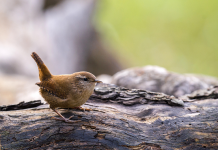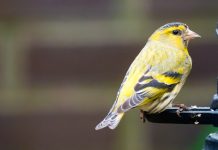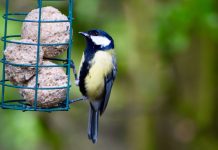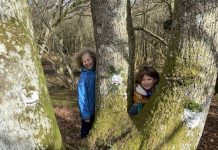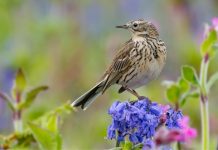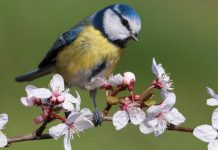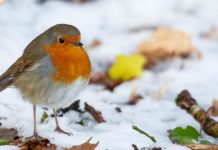As many families stay close to home this summer and explore the gorgeous countryside Britain has to offer, it’s the perfect opportunity for kids to enjoy wildlife-friendly outdoor adventures.
Whether it’s building a hide, planning a ’bear-hunt’, or learning to think like a fox, badger or bird of prey – some of our favourite bloggers have come up with great ideas to help kids enjoy up-close and personal experiences with our native wildlife… Looking for activities for animal-loving kids? Here’s the place to start!
Learn to identify local wildlife
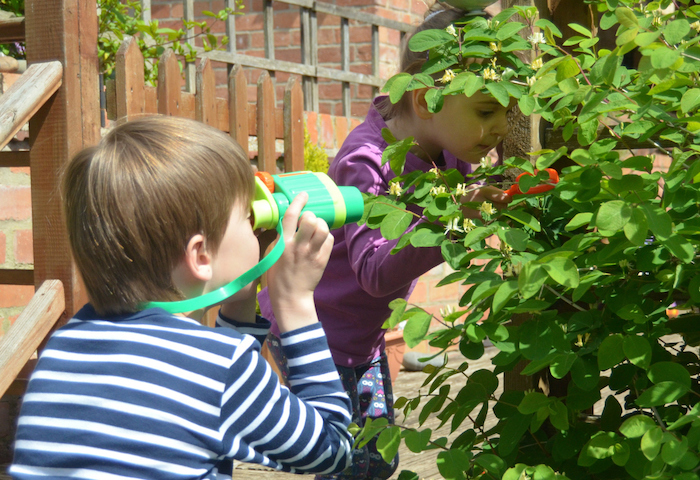
Image: Growing Family
Nature is all around us, but so often we fail to see it. Helping children to spot the fauna and flora that, even in cities, is part of our wild landscape, makes sure they learn to love and appreciate the wildlife that’s literally under our noses.
Jennie at GinGin And Roo says “One of the things my kids absolutely adore is for me to create a ‘things to look out for’ list before we head out for a walk. I’ll jot down 10-15 birds, animals, trees, plants and flowers that I know we’re likely to see in a notepad that the girls then carry with them on the walk.”
The kids love to spot the plants and creatures on the list and, as time goes by, they become more observant, often spotting things that aren’t on the list at all. In fact, Jennie says her three-year-old can already identify a goldfinch by its song, and her girls know the names of many of the flowers they encounter.
Catherine at Growing Family takes a similar approach. She says, “we sometimes take pictures of what we find, then look them up online when we get home to learn more.
Bug hunting for beginners

Image: Craft Invaders
“We all know what a butterfly is, but how many of the most common species can YOU actually recognise and name,” asks wildlife expert Wildlife Kate? If you’d like to help your kids learn the who’s who of British butterflies, Kate has just the tools to assist. Be sure to check out her wildlife challenge: How to identify nine common UK butterflies.
A treasure trove of downloadable material awaits anyone who visits Kate’s site – this ‘Alfrescowild challenges’ are a must for anyone who’d like to inspire their children to embrace nature and the great outdoors. Fancy building a little ‘pitfall trap’ to see what’s crawling around in your garden undergrowth!? Find out how with Kate.
Want to encourage pollinators to your garden? You’ll love Sarah from Craft Invaders tips on making a bee watering station. As she explains, “bees use water to dilute honey, regulate humidity, feed larvae and cool the hive. And just as they communicate about the best places to gather nectar and pollen, returning bees also tell the others where to find water.”
Do your little ones love seeking out creepy crawlies, slugs, and woodlice? If so, Natalie from Muddy Footprints has an excellent downloadable guide to your garden ecosystem, complete with every wriggling, squirming critter you’re likely to find there.
Not for the faint-hearted, Natalie explains that though many of these bugs and molluscs freak her out too, it’s important to appreciate all the living things: “Every garden is an incredibly diverse ecosystem, and every different insect is a cog in a great machine that keeps everything ticking over.”
Budding birdwatchers
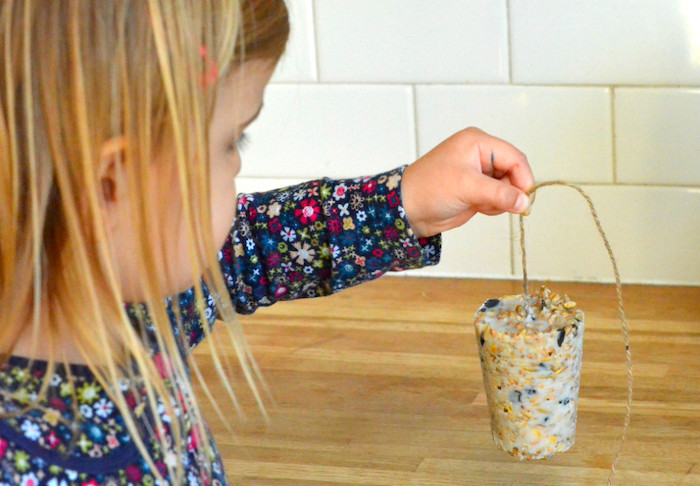
Image: Growing Family
One of the advantages of understanding and encouraging bugs to visit your garden, is that you’ll also entice the birds and mammals that feast on them. In fact, if you’d like to pass onto your youngsters the thrill of birdwatching, one of the best ways is to get them involved in bringing birds to the garden in the first place.
Catherine from Growing Family has just the thing – her simple guide to making your own wild bird feeders. All you need is some suet or lard, plus nuts and seeds, and some clean yoghurt pots. No time for DIY? Order from the wide range of bird feeders, fat balls, bird seed, and more, here at Happy Beaks.
Having attracted wild birds to your patch, now’s a good time to introduce Wildlife Kate’s bird identification materials. With multiple birdwatching challenges, plus her awesome webcams for inspiration, this is the perfect way to enthuse kids about our feathered friends. Do your kids know the difference between a tit and a chough? They’ll love Kate’s wildlife artist challenge!
Meeting the local pond life
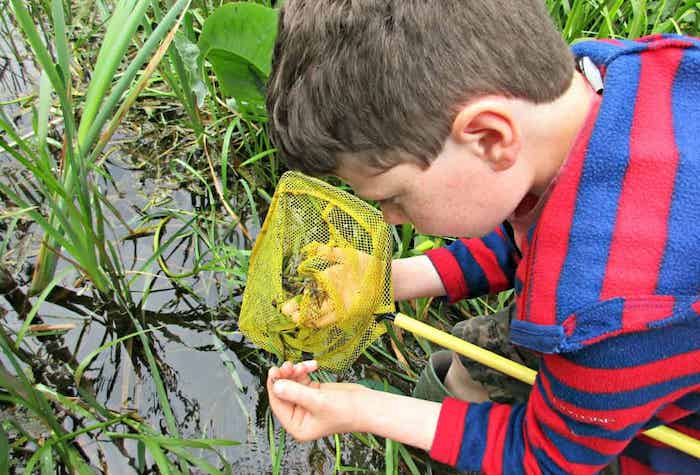
Image: Craft Invaders
Of course, as well as wildlife that flies, walks, wriggles and squirms, the great outdoors is also home to plenty of creatures that swim. As well as tadpoles, frogs, toads and newts, a dip into your garden pond, local pond, or waterway is sure to turn up some interesting finds.
Sarah at Craft Invaders remembers just how much her children used to enjoy canal dipping in the Thames and Severn canal:
“We took simple fishing nets and a plastic container with us on our explorations. The container gives you a chance to have a good look at anything you catch, without distressing or damaging the animal. Once we had had a little look at the creatures, we returned them back to the area of the canal we had found them in.”
Always take care to stay safe when you visit water courses, lakes and ponds – in fact, the RLSS UK has some excellent resources to help you do just that.
Looking out for mammals
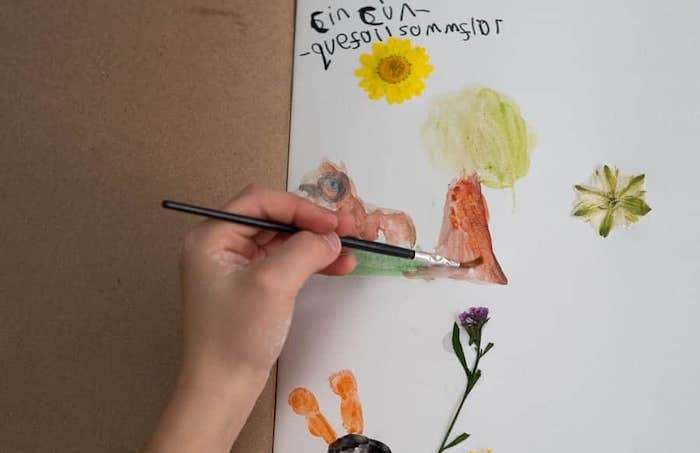
Image: Thimble and Twig
Because our native wildlife can be very shy, catching a glimpse of it can be tricky to achieve. And while urban foxes might be easy to spot – and a bit of a nuisance on bin day – other, smaller mammals like rodents are far harder to observe in the wild.
One way to get around the problem is to install a mammal box in your garden, and use a nestbox camera kit to capture all the action that goes on inside it.
To help you figure out how to build your own box, Wildlife Kate has an excellent YouTube video, in which she explains how she makes her mammal boxes, complete with tips on lighting and set dressing.
Remember – when your kids have finished spotting, identifying, and wondering at the living things which are everywhere when you know where and how to look, there’s no better way to round things off than by getting them to create their very own nature journal.
Jemma of Thimble and Twig offers just the resources you need to get your kids started. She says: “Our kids have been very excited to start their own nature journal as a special book where they can record all the interesting things they see, smell, hear, feel, eat and wonder about, through the year.”
British wildlife really is wonderful, and there’s no better time to get kids interested in and inspired by the natural world than right now!
Lead image: Thimble and Twig

